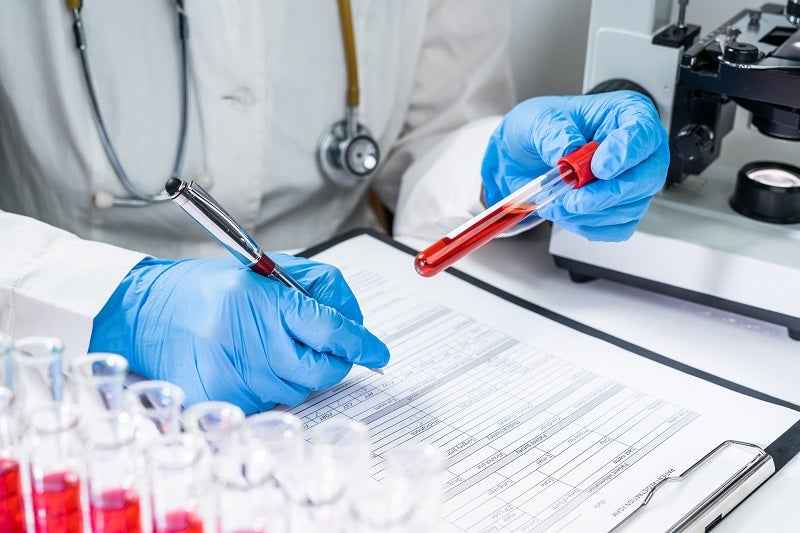
NuraLogix researchers have developed new artificial intelligence (AI) models that can predict the risk of a person’s HbA1C levels and fasting blood glucose levels being above a clinical threshold for pre-diabetes.
The company stated that the new model would enable people to screen themselves using any device with a camera setting, including a smartphone or tablet, in the future.
The machine learning-based models were trained by researchers using the facial blood flow patterns of participants who had recently undergone a blood test for fasting blood glucose and HbA1C (glycated haemoglobin).
NuraLogix research director Dr Naresh Vempala said: “Our models are ground-breaking because we can now predict the likelihood of a person being above an at-risk cut-off for pre-diabetes with significant accuracy.
“It is exciting that our machine learning-based classifiers are touchless and have learned relationships between facial blood flow patterns and diabetes risk.
“This was unimaginable and non-existent in AI until now. Potentially, our AI models can empower people to monitor their own health on a daily basis, thus allowing early detection and prevention.”
How well do you really know your competitors?
Access the most comprehensive Company Profiles on the market, powered by GlobalData. Save hours of research. Gain competitive edge.

Thank you!
Your download email will arrive shortly
Not ready to buy yet? Download a free sample
We are confident about the unique quality of our Company Profiles. However, we want you to make the most beneficial decision for your business, so we offer a free sample that you can download by submitting the below form
By GlobalDataThe company noted that the models can predict whether a participant’s HbA1C level is higher than 5.7% or their fasting blood glucose is higher than 5.5mmol/L.
Both cases showed that the models’ predictions had an AUC greater than 0.80, as against the traditional Framingham model for predicting cardiovascular disease, which has an AUC in the range of 0.70.
NuraLogix chief medical officer Dr Keith Thompson said: “For people that have pre-diabetes, 90% are unaware of having this condition and, of those people, 70% will go on to develop diabetes and all its associated complications.
“We can envision training our models to recognise various thresholds for HbA1c and fasting blood glucose, and after regulatory approval, could become a powerful tool for population screening and perhaps even monitoring of patients with diabetes using the HbA1c and fasting blood glucose.”



